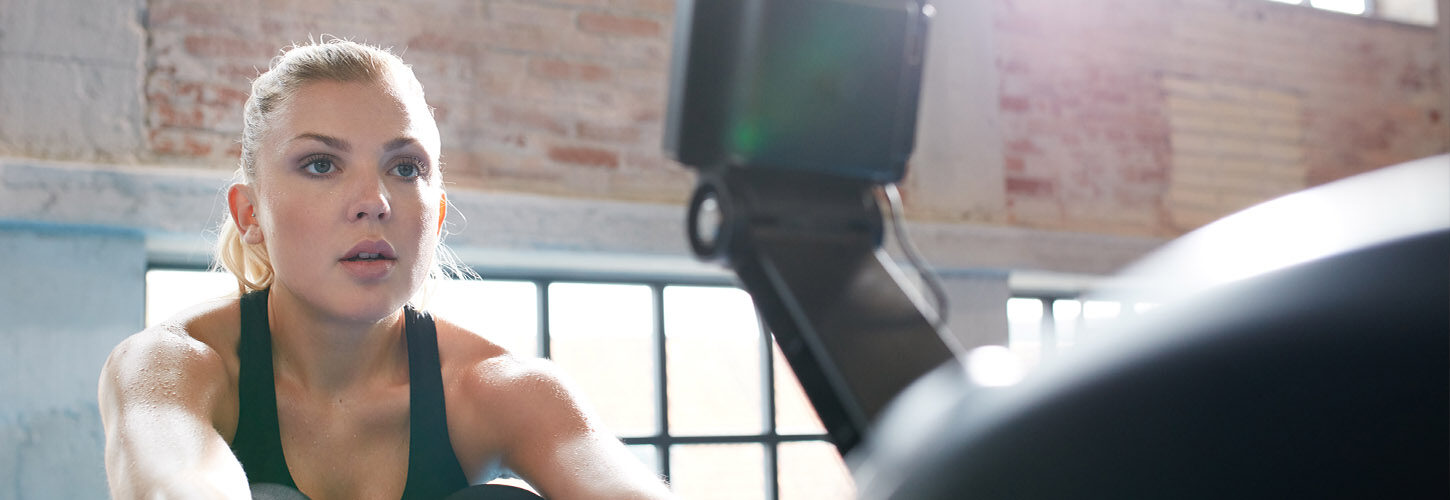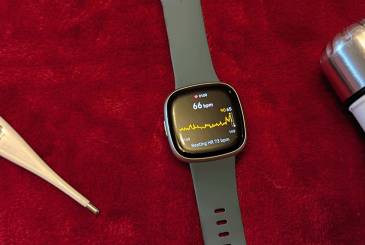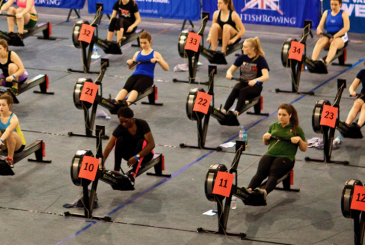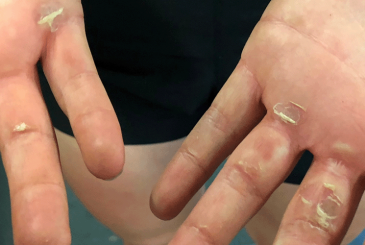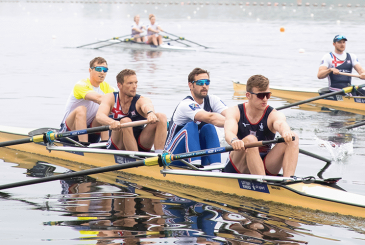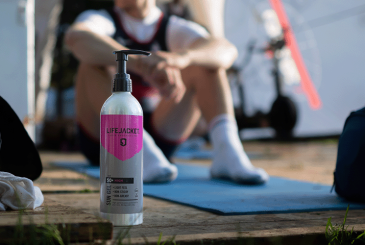GB Rowing Team Sport Scientist Sarah Moseley explores female health and spotlights areas that female athletes may need to adjust to optimise their performance
The 2016 Rio Olympic Games marked the highest level of female participation in Olympic history at 45%. This is a substantial rise compared to the 20.7% some 30 years earlier in Montreal. As female participation, performance, and professionalism continues to increase, so must our understanding of how to support and optimise female athletic health and performance.
It is well recognised that there are physiological, anatomical, and hormonal differences between males and females. Despite this, females are typically trained in a comparable manner to their male counterparts. This is not too surprising given that females are significantly underrepresented in sport and exercise research, with only 39% of participants from three leading sport science journals being female.
Fluctuations in hormone concentrations at different stages of the menstrual cycle can influence performance. This is why females are often excluded or tested when their hormones – predominantly progesterone and oestrogen – are ‘low’ i.e. when the hormone profile is considered to be most similar to a male. The reality is that these fluctuating hormones have widespread effects on the body throughout each phase of the menstrual cycle, all of which can impact health, training, and performance.
Approximately 42% of exercising women consider that their menstrual cycle has a negative impact on exercise and performance. The support team of a female athlete may need to understand some specific matters such as: the menstrual cycle, breast health, and injury trends to maximise the health and performance of female athletes in their own right.
“Female athletes in particular should aim to eat food sources rich in iron”
Below are some areas for female athletes to consider.
Iron balance
Maintaining a healthy iron balance is essential for female athletes to avoid iron deficiency and anaemia. Menstruating females, particularly those with heavy menstrual bleeding, are at a heightened risk of iron deficiency. A research group from St Mary’s University investigated the prevalence of heavy menstrual bleeding in elite and non-elite female athletes. A survey was initially circulated via a social media campaign and later circulated at the 2015 London Marathon. The survey revealed that heavy menstrual bleeding was self-reported by 54% of those online, and by more than a third of the marathon runners (36%). Heavy menstrual bleeding was also prevalent amongst elite athletes (37%).
Results from the same survey found that 32% of exercising females reported a history of anaemia. Worryingly only 22% of these athletes had sought medical advice, which highlights the need for increased awareness.
Wendy Martinson, Lead Nutritionist with British Rowing says: “Female athletes in particular should aim to eat food sources rich in iron such as lean red meat, offal, eggs, fish such as sardines and pilchards, green leafy vegetables, dried fruits, fortified breakfast cereal, seeds and nuts.
“Eating vitamin C-rich foods i.e. fruit, vegetables and fruit juice can also help to enhance the absorption of non-heme iron. Tea and coffee should be avoided with meals as this may decrease absorption.”
Matilda Horn, coxswain of the GB senior women’s team, talks about some of the practical systems that have been put in place at the national training centre in Caversham.
She says: “We have a ‘caught short’ box in the ladies’ bathroom. It is a box filled with sanitary products and it works on a ‘replace what you take’ system.
“It provides the athletes with the security of knowing they won’t get caught short when at training. It’s a simple system that keeps the athletes from worrying.”
Many apps, including Clue Period, Moody Month and FitrWoman, enable users to track exercise and menstrual symptoms
Amenorrhea
Secondary type amenorrhea is generally defined an absence of menstruation for three months or more in a female who has previously experienced menstruation.
There are many causes of amenorrhea, including genetics and hormone imbalances, however a common cause in athletes is linked to energy availability. The hypothalamus is the regulatory centre in the brain that releases hormones.
In athletic populations the hypothalamus can become ‘suppressed’ as a result of chronic low energy intake, large volumes of exercise, low BMI and stress. This restricts the release of hormones crucial for ovulation and a normal menstrual cycle. It is reported that athletes with a lower BMI or body fat percentage have a higher prevalence of amenorrhea and incidences in lightweight rowing have been reported to be as high as 49%.
Amenorrhea should not be considered an acceptable result of any level of training or performance.
It is often a warning sign that the body is not operating to its full capacity. The female hormones oestrogen and progesterone not only help to regulate the menstrual cycle, but are also important for overall body health i.e. oestrogen is essential for strong healthy bones.
It is recommended that athletes seek advice from a medical professional if they are experiencing amenorrhea.
“I spent the first two years of my rowing career experiencing monthly recurring rib pain and chest wall inflammation”
Breast health
A survey completed by over 650 high-performing Australian athletes found that 63% experienced breast pain associated with the menstrual cycle. Some 33% of those individuals found that pain worsened during exercise and 44% of athletes reported exercise-induced pain during training or competition.
Portsmouth University’s Research Group in Breast Health found that female athletes often lack bra and breast education and often wear fashion sports bras which provide varying effectiveness and support.
Holly Hill, a member of the senior women’s team, explains: “I spent the first two years of my rowing career experiencing monthly recurring rib pain and chest wall inflammation.
“After a three-month period spent out of the boat, my GB Start coach tactfully enquired about my sports bras. It was then that I got in touch with the Breast Health Department at Portsmouth University to seek some help and advice.”
She adds, “The team were brilliant and fitted me for a high-quality sports bra. The difference I noticed was immediate.
“I have been wearing Shock Absorber sports bras since 2015 and have not missed more than a day of rowing due to rib pain since. The sports bras also provide back and shoulder support so that it’s much easier for me to get into the right positions in the gym, as well as on the water.”
While the unique differences of the female athlete have been recognised, historically, this topic has been considered taboo.
There is a clear need to gain better understanding on the effects of female hormones on performance, both positive and negative.
A simple search on Google highlights a growing number of research articles on the ‘female athlete’. However, greater understanding and education is needed to improve female athlete health and performance, to encourage participation and avoid further gaps in gender representation.
Top tip
Track your menstrual cycle
Many apps, including Clue Period, Moody Month and FitrWoman, enable users to track exercise and menstrual symptoms. This allows you to look at cycle trends over time to better understand the connections between the menstrual cycle, health and performance.
Photo: Drew Smith


